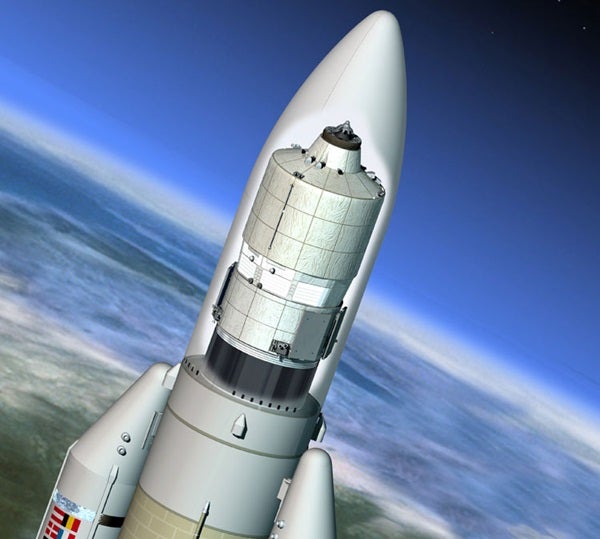Does your blood run cold at the thought of spacecraft behaving like humans? If so, prepare for an icy feeling in your veins, and brace yourself for the first generation of self-healing spacecraft with liquid resin in theirs.
One major obstacle to effective space exploration is how to repair spacecraft once they leave the gravitational bonds of Earth and the humans who keep them in flight-ready condition. Spacecraft routinely come into contact with extreme heat and cold, micrometeoroids, and aging processes during their far-flung space journeys. Any of these may cut, tear, gouge, pierce, or otherwise degrade the craft’s outer covering. Over time, many tiny cracks can lead to a vehicle’s sudden, total failure.
Self-healing spacecraft may one day face the aftermath of these space skirmishes without human intervention, relying instead on innovative new materials to keep their outsides intact.
European Space Agency (ESA) materials scientist Christopher Semprimoschnig and University of Bristol, UK, engineers looked closely at nature before tackling ESA’s tall order of designing a spacecraft that can repair itself. “When we cut ourselves we don’t have to glue ourselves back together, instead we have a self-healing mechanism. Our blood hardens to form a protective seal for new skin to form underneath,” observes Semprimoschnig. Similarly, hollow glass fibers containing liquid resin could be built into the craft’s covering like mechanical veins.
To be useful, the new material has to fill in superficial cuts or gashes quickly, before they can grow into larger, more destructive wounds. In theory, the glass fibers would replace a small percentage of those within a resinous composite material. When broken, they would release liquid resin and hardeners that would make the repair in much the same way a doctor fills a small cut with superglue to hold it together while it heals.
Why go to such lengths to build a spacecraft that can make its own minor repairs? If this technology could double the life expectancy of an Earth-orbiting spacecraft, its mission costs would be cut in half. Missions could also be lengthened, providing more time for scientific efforts.
The next step is large-scale testing. Semprimoschnig believes this new self-healing technology will be at least a decade in the making before it’s ready for use. Until then, astronauts and mission planners will have to rely on traditional repair methods.










